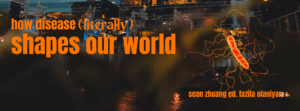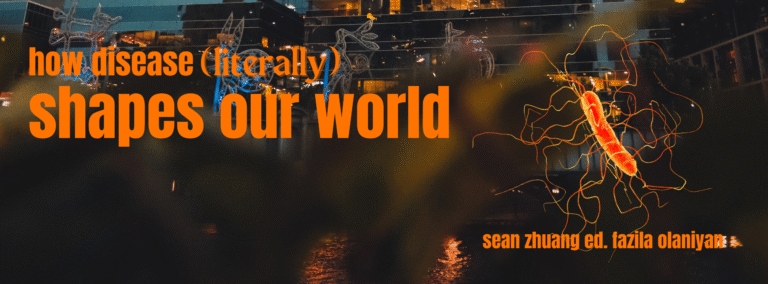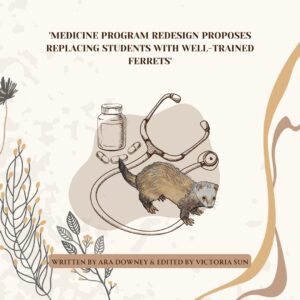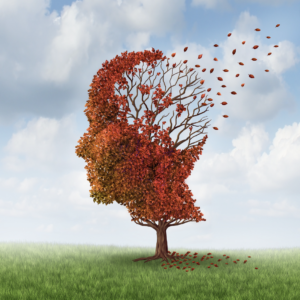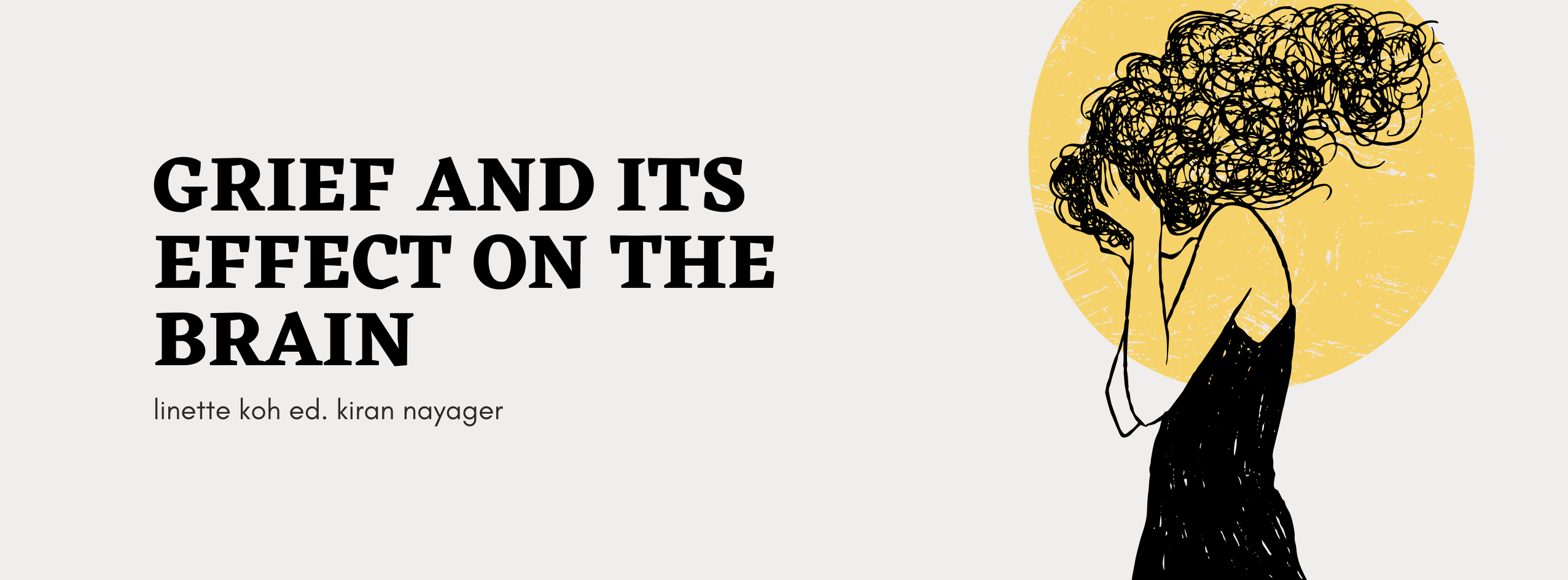
In the days that bleed into months following loss, it can be hard to move forward. Why do we linger and hold onto things that are hurting us? And what does it do to us?
Grief is most widely understood through Elizabeth Kubler-Ross’s model – The Five Stages of Grief:
- Denial
- Anger
- Bargaining
- Depression
- Acceptance
**The stages were later reshuffled, and two more stages were added to account for the complexity of grief
Grief comes in all forms – the widely accepted loss in the form of death, but also the creeping silence of relationships that fell victim to distance and life pulling people in different directions. While largely viewed as an emotional process, there are scientific aspects to grief.
Rewiring the Brain
The brain naturally keeps a map of relationships in our lives, forming attachments to people we see repeatedly. We remember how they look, smell, and feel, and when faced with the loss of this person, the brain has to prune its neural circuitry to adapt.
Hence, neuroplasticity – the brain’s ability to change neural connections – plays an important role in the face of coping with grief. The process of rewiring takes time. Therefore, the process of grief can be confusing – although we can rationally understand that this person isn’t around in our lives anymore, we still seek them in our day-to-day lives.
Quantifiable Aspects of Grief
Grief can manifest itself in physiological and biomarker changes. Those grieving tend to have a higher resting heart rate and blood pressure. Cortisol, the ‘stress hormone’, is elevated following finding out about the death of a loved one, as well as dysregulation in hypothalamic-pituitary activity, indicating the stressful nature of grief.
As a whole, grief can impact morbidity with the relative risk of death noted to be higher in widows and widowers in comparison to married individuals.
Prolonged Grief Disorder/Complicated Grief
Grieving is a natural part of life, but some reactions to grief can be pathological – prolonged grief, affecting 4-15% of individuals, is a psychiatric condition recognised in the Diagnostic Statistical Manual of Mental Disorders (DSM-5) and International Classification of Disease (ICD-11).
DSM-5 Diagnostic Criteria:
- At least 6-12 months following the loss of a close attachment
- Period of grieving has exceeded social, cultural, and religious norms for the individual’s culture and context
- Characteristic: intense yearning, preoccupation with thoughts of the deceased to a impairing degree, nearly everyday for 2 months
- At least 3 of the 8 following symptoms, causing clinically significant distress that may impair normal function
- Feeling as though part of oneself has died
- Marked sense of disbelief about the death
- Avoidance of reminders that the person has passed (inclusive of searching for evidence that the person is still alive)
- Intense emotional pain related to the death
- Difficulty with reintegration to life after the death
- Emotional numbness (particularly with respect to emotional connection with others)
- Feeling that life is meaningless as a result of the death
- Intense loneliness because of the death
Given loss is an intrinsic part of life, not all forms of grief require treatment. Some may benefit from seeking mental health support if prolonged grief is suspected, with cognitive behavioural therapy as a possible treatment option.
If you or a loved one is experiencing loss, know that you are not alone. GriefLine Australia consists of online forums and helplines, and for crisis support contact LifeLine at 13 11 14.


